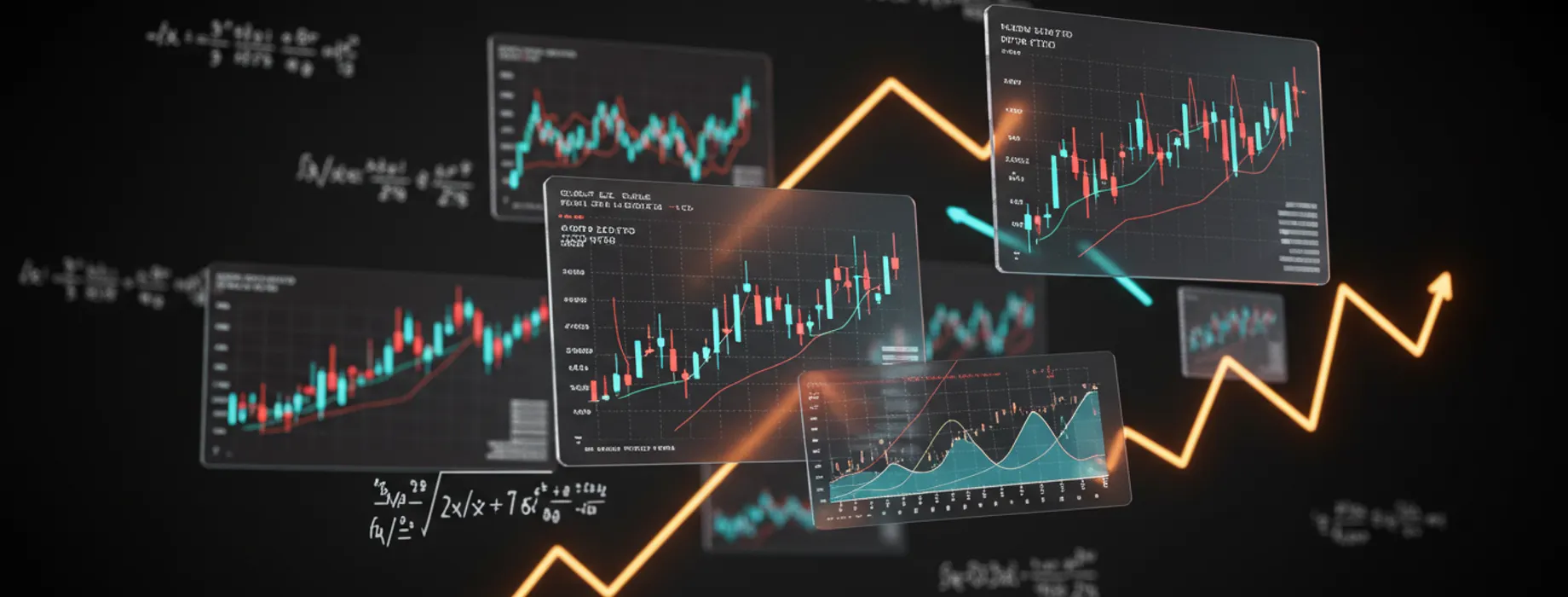Rynki złota wycofują się, gdy administracja USA przyjmuje umiarkowany ton w kluczowych kwestiach gospodarczych

Rynek metali szlachetnych przechodzi znaczącą korektę, ponieważ ostatnie oświadczenia z Waszyngtonu sygnalizują bardziej wyważone podejście zarówno do polityki monetarnej, jak i międzynarodowych relacji handlowych.
Komentarze Prezydenta na Temat Handlu Wpływają na Nastroje Rynkowe
We wtorek prezydent Donald Trump wygłosił uwagi sugerujące bardziej pojednawcze podejście do napięć handlowych z Chinami, stwierdzając, że amerykańskie taryfy „znacznie spadną, ale nie do zera” i że nie widzi potrzeby „grania twardo” z chińskim przywódcą Xi Jinpingiem.
Te komentarze wydawały się uspokajać obawy rynkowe dotyczące eskalacji konfliktu handlowego, który wcześniej wspierał status złota jako bezpiecznej przystani w okresach niepewności gospodarczej.
Mieszane Sygnały od Urzędników Administracji
Jednak przekaz administracji nie był całkowicie jednolity. Sekretarz Skarbu Scott Bessent wyjaśnił w środę, że prezydent Trump „nie zaoferował jednostronnego zniesienia amerykańskich taryf na Chiny”, sugerując, że każda redukcja prawdopodobnie będzie częścią procesu negocjacyjnego.
Te mieszane sygnały podkreślają złożoną naturę relacji handlowych USA-Chiny pod obecną administracją i nadal wpływają na rynki metali szlachetnych, które są bardzo wrażliwe na rozwój sytuacji geopolitycznej.
Czynnik Niezależności Rezerwy Federalnej
Innym istotnym czynnikiem stojącym za spadkiem cen złota wydaje się być zmniejszony niepokój dotyczący niezależności Rezerwy Federalnej. Łagodniejszy ton administracji w sprawie polityki banku centralnego złagodził obawy o presję polityczną na decyzje monetarne – czynnik, który wcześniej przyczyniał się do atrakcyjności złota jako zabezpieczenia przed inflacją.
Metale szlachetne tradycyjnie dobrze radzą sobie w okresach niepewności gospodarczej lub gdy niezależność instytucjonalna wydaje się zagrożona, ponieważ inwestorzy szukają aktywów postrzeganych jako posiadające wewnętrzną wartość poza kontrolą rządu.
Prognoza Rynkowa
Analitycy sugerują, że choć ta korekta cenowa jest znacząca, podstawowe wsparcie dla złota pozostaje silne z powodu ciągłych niepewności geopolitycznych i trwających obaw o inflację. Ruch cenowy reprezentuje dostosowanie rynkowe, a nie fundamentalną zmianę w perspektywach metalu.
Wolumeny obrotu wskazują, że inwestorzy instytucjonalni uważnie monitorują dalsze oświadczenia urzędników administracji w poszukiwaniu wskazówek dotyczących kierunku zarówno polityki handlowej, jak i relacji z Rezerwą Federalną.